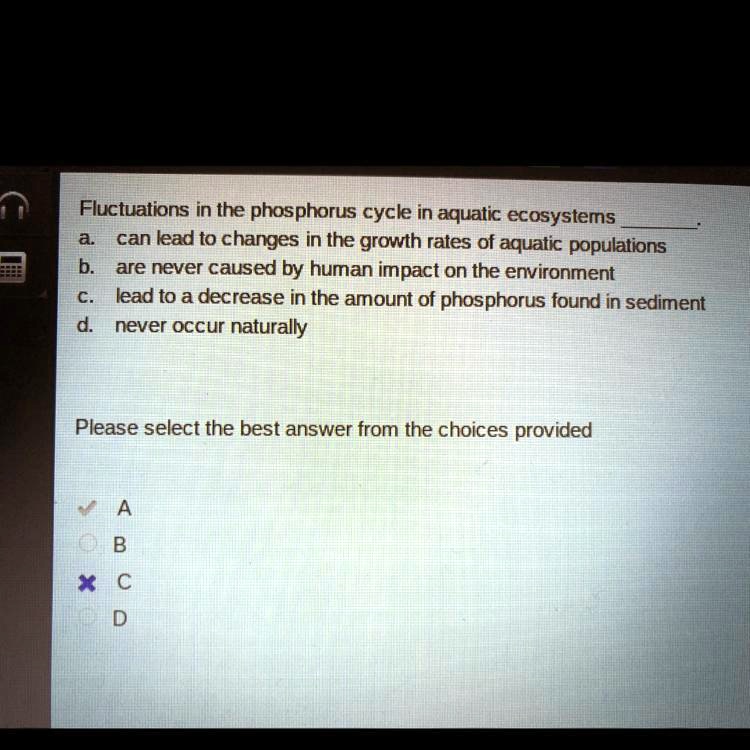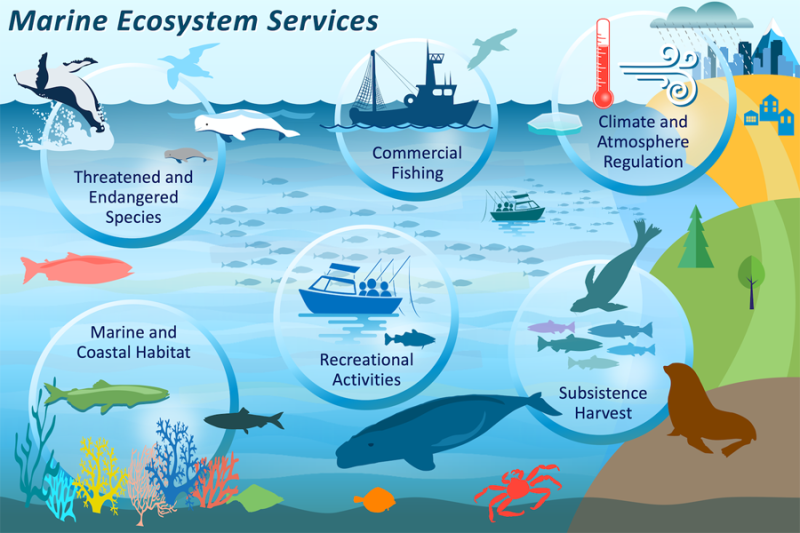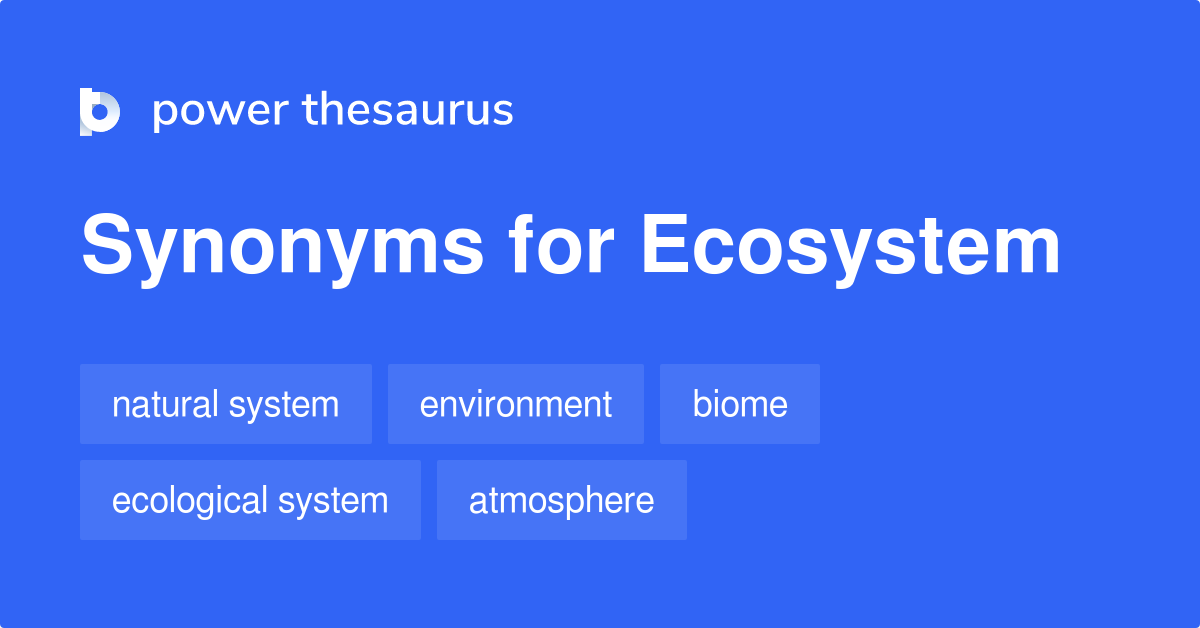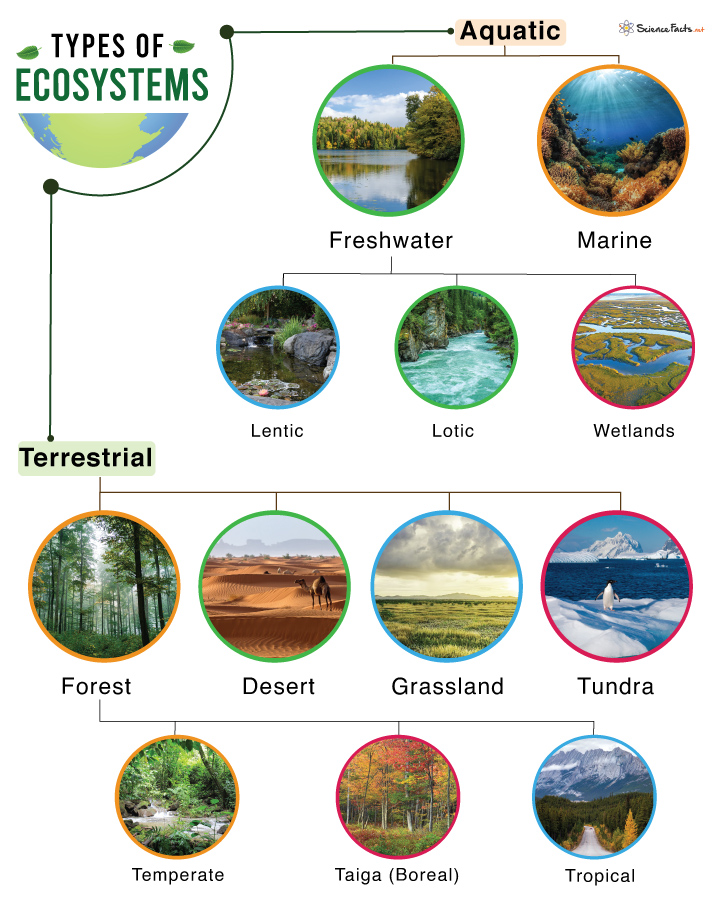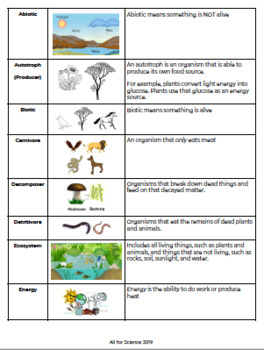Topic fluctuations in the phosphorus cycle in aquatic ecosystems: Explore the dynamic world of phosphorus fluctuations in aquatic ecosystems, understanding their pivotal role in sustaining vibrant and healthy water environments.
Table of Content
- How do fluctuations in the phosphorus cycle affect aquatic ecosystems?
- Understanding the Phosphorus Cycle
- Factors Leading to Phosphorus Fluctuations
- Impact of Phosphorus on Aquatic Life
- Human Activities and Phosphorus Cycle Disruption
- Case Studies: Eutrophication in Lakes and Rivers
- Technological and Natural Solutions for Managing Phosphorus Levels
- YOUTUBE: Biogeochemical cycles
- Future Challenges in Phosphorus Management
How do fluctuations in the phosphorus cycle affect aquatic ecosystems?
Fluctuations in the phosphorus cycle in aquatic ecosystems can have several effects on these ecosystems. Here are some ways in which these fluctuations can impact aquatic ecosystems:
- Changes in the growth rates of aquatic populations: Fluctuations in the availability of phosphorus can directly affect the growth rates of aquatic populations. Phosphorus is an essential nutrient for many organisms, including algae and aquatic plants. When phosphorus concentrations increase, these organisms can experience rapid growth, leading to algal blooms or excessive plant growth. Conversely, during periods of low phosphorus availability, these populations may experience reduced growth rates.
- Shifts in species composition: Fluctuations in the phosphorus cycle can also influence the composition of species in aquatic ecosystems. Certain species may be more tolerant or adapted to fluctuations in phosphorus levels, while others may be more sensitive. When phosphorus concentrations are high, species that thrive in nutrient-rich environments may dominate, while phosphorus-limited conditions may favor species that are better adapted to low nutrient levels.
- Altered nutrient cycling: Phosphorus is an essential component of nutrient cycling in aquatic ecosystems. Fluctuations in the phosphorus cycle can disrupt the balance of nutrient availability, potentially leading to imbalances in other nutrient cycles as well. For example, excessive phosphorus can stimulate algal growth, which can deplete oxygen levels in the water during decomposition, leading to hypoxic or anoxic conditions that can harm other organisms.
- Impacts on ecosystem stability: Fluctuations in the phosphorus cycle can affect the overall stability and resilience of aquatic ecosystems. Large fluctuations in phosphorus availability can disrupt the delicate balance of nutrient interactions and ecosystem dynamics. This can make the ecosystem more vulnerable to disturbances and less able to recover from environmental changes such as pollution or climate fluctuations.
In summary, fluctuations in the phosphorus cycle in aquatic ecosystems can have wide-ranging effects on the growth rates of populations, species composition, nutrient cycling, and ecosystem stability. Understanding and managing these fluctuations is important for the health and functioning of aquatic ecosystems.
READ MORE:
Understanding the Phosphorus Cycle
The phosphorus cycle is a crucial biogeochemical cycle in aquatic ecosystems, ensuring the availability of phosphorus, a key nutrient for aquatic life. This cycle involves the movement of phosphorus through the lithosphere, hydrosphere, and biosphere.
- Weathering of Rocks: Releases phosphorus into the soil and water bodies.
- Absorption by Plants: Aquatic plants absorb dissolved phosphorus for growth.
- Consumption by Animals: Animals obtain phosphorus by eating plants or other animals.
- Decomposition: The death and decay of organisms return phosphorus to the environment.
- Sedimentation: Phosphorus settles in the sediment, where it can be locked for long periods.
- Geological Uplift: Over geological timescales, uplifted sediments expose phosphorus to weathering again.
This cycle is essential for maintaining the productivity and biodiversity of aquatic ecosystems. However, it is sensitive to changes and disruptions, often caused by human activities, leading to fluctuations in phosphorus levels.

Factors Leading to Phosphorus Fluctuations
Several factors contribute to the fluctuations in the phosphorus cycle within aquatic ecosystems, impacting water quality and ecosystem health.
- Agricultural Runoff: Fertilizers rich in phosphorus wash into water bodies, leading to increased phosphorus levels.
- Wastewater Discharge: Effluents from sewage and industrial processes introduce high amounts of phosphorus into aquatic systems.
- Urban Runoff: Stormwater runoff from urban areas carries phosphorus from detergents and other sources into rivers and lakes.
- Natural Processes: Weathering of rocks and soils, rainfall patterns, and flooding can naturally alter phosphorus concentrations.
- Climate Change: Altered precipitation and temperature patterns can impact phosphorus runoff and absorption rates.
- Land Use Changes: Deforestation, urbanization, and changes in land use affect soil erosion rates and phosphorus runoff.
Understanding these factors is crucial for managing and mitigating their impact on aquatic ecosystems to ensure the sustainability of these vital habitats.
Impact of Phosphorus on Aquatic Life
Phosphorus plays a dual role in aquatic ecosystems, serving as a crucial nutrient for growth while also posing risks when present in excess.
- Nutritional Benefit: Phosphorus is a key component of ATP and DNA, essential for the growth and reproduction of aquatic plants and animals.
- Eutrophication: Excessive phosphorus can lead to eutrophication, where rapid algal blooms deplete oxygen in the water, harming fish and other aquatic life.
- Altered Food Webs: Changes in plant growth patterns can shift aquatic food webs, affecting the abundance and diversity of species.
- Water Quality Degradation: High phosphorus levels can reduce water clarity and quality, impacting aquatic ecosystems and human use.
- Habitat Changes: Sedimentation of phosphorus-rich materials can alter bottom habitats, affecting benthic organisms.
- Toxic Algal Blooms: Certain types of algae that thrive on phosphorus can produce toxins harmful to aquatic life and humans.
Managing phosphorus levels is vital for protecting aquatic ecosystems and ensuring the balance between its beneficial roles and potential threats.

Human Activities and Phosphorus Cycle Disruption
Human activities have significantly disrupted the natural phosphorus cycle, leading to both local and global environmental challenges.
- Agricultural Practices: The use of phosphorus-based fertilizers increases runoff into water bodies, significantly altering phosphorus levels.
- Industrial Discharges: Industrial processes that use phosphorus can lead to the direct discharge of this nutrient into aquatic systems, causing imbalances.
- Wastewater Treatment: Inadequately treated wastewater contains high levels of phosphorus from household and industrial sources.
- Urbanization: Increased impermeable surfaces in urban areas enhance runoff, carrying phosphorus into lakes and rivers.
- Deforestation: Removing vegetation increases soil erosion, further contributing to phosphorus runoff into aquatic ecosystems.
- Climate Change: Altered rainfall patterns and increased storm events can exacerbate phosphorus runoff and lead to more frequent and severe fluctuations in aquatic ecosystems.
Addressing these disruptions requires a multifaceted approach, including sustainable agricultural practices, improved wastewater treatment, and urban planning strategies to minimize phosphorus pollution.
Case Studies: Eutrophication in Lakes and Rivers
Eutrophication, a direct result of phosphorus fluctuations, poses significant challenges to aquatic ecosystems around the world. Here are some illustrative case studies:
- Lake Erie, North America: Once declared recovered, Lake Erie has seen a resurgence of eutrophication due to increased agricultural runoff, leading to harmful algal blooms.
- The Baltic Sea, Europe: One of the most eutrophic bodies of water globally, the Baltic Sea suffers from extensive nutrient runoff from surrounding countries, causing dead zones.
- Lake Taihu, China: This lake has experienced severe eutrophication, primarily due to industrial and agricultural pollution, affecting drinking water quality for millions.
- The Murray River, Australia: Agricultural runoff has led to eutrophication, causing algal blooms that disrupt the ecosystem and water supply.
These case studies highlight the critical need for integrated water resource management and sustainable practices to mitigate eutrophication and restore aquatic health.
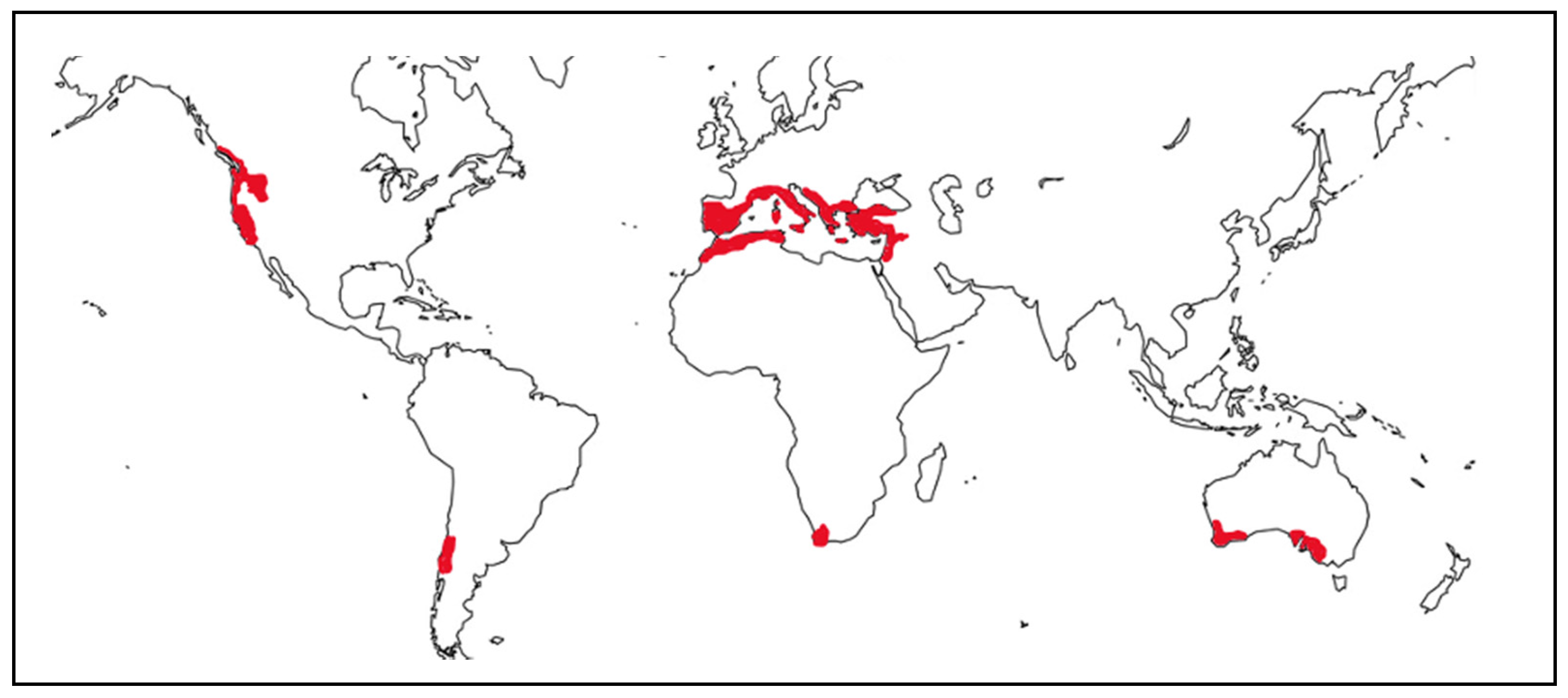
Technological and Natural Solutions for Managing Phosphorus Levels
To address the challenges of phosphorus fluctuations in aquatic ecosystems, both technological innovations and natural management strategies are being implemented.
- Phosphorus Removal Technologies: Advanced wastewater treatment processes, such as chemical precipitation, biological phosphorus removal, and membrane filtration, effectively reduce phosphorus levels in effluents.
- Constructed Wetlands: Using natural filtration systems, constructed wetlands can absorb and break down excess phosphorus from agricultural runoff and wastewater.
- Riparian Buffers: Planting vegetation along waterways helps intercept and utilize phosphorus from runoff before it reaches bodies of water.
- Soil Phosphorus Management: Innovative agricultural practices, including precision farming and the use of phosphorus-efficient crops, minimize the need for fertilizer application and reduce runoff.
- Phosphorus Recycling: Recovering phosphorus from wastewater and animal manure for reuse as fertilizer supports a circular economy, reducing the need for mined phosphorus.
- Regulatory Measures: Implementing and enforcing regulations on phosphorus discharge limits for industries and wastewater treatment facilities helps control phosphorus inputs into ecosystems.
These solutions, combining both human ingenuity and nature"s processes, offer hope for restoring and maintaining the balance of phosphorus in aquatic ecosystems.
Biogeochemical cycles
Discover the fascinating world of market fluctuations and how you can navigate them successfully. Watch this insightful video to understand the patterns, strategies, and opportunities that arise during market fluctuations and empower yourself to make informed investment decisions.
Give a Dam: Dynamic variations of beaver ponds and their impact on the P cycle
Immerse yourself in the picturesque beauty of beaver ponds with this captivating video. Get ready to witness nature\'s harmony and the incredible impact these tranquil water bodies have on the surrounding ecosystem. Prepare to be amazed by the mesmerizing underwater worlds and diverse wildlife that thrive in beaver pond habitats.
READ MORE:
Future Challenges in Phosphorus Management
As we move forward, managing phosphorus levels in aquatic ecosystems will face several challenges, necessitating innovative strategies and global cooperation.
- Increasing Demand for Phosphorus: As the global population grows, so does the demand for phosphorus in agriculture, challenging sustainable management practices.
- Climate Change: Altered precipitation patterns and extreme weather events can exacerbate phosphorus runoff, complicating management efforts.
- Urbanization: Expanding urban areas increase runoff and phosphorus loads in water bodies, requiring advanced stormwater management solutions.
- Overcoming Policy and Regulatory Hurdles: Developing and enforcing effective regulations that address phosphorus pollution across boundaries is complex and essential for long-term sustainability.
- Technological Advancements: Continued innovation in phosphorus recycling and removal technologies is necessary to keep pace with environmental changes and agricultural needs.
- Public Awareness and Education: Increasing public awareness about the impact of phosphorus on aquatic ecosystems and promoting sustainable practices is crucial for collective action.
Addressing these challenges requires a multi-faceted approach, integrating scientific research, policy development, technological innovation, and community engagement to ensure the health of aquatic ecosystems for future generations.
Embracing sustainable practices and innovative solutions is essential to managing phosphorus fluctuations, ensuring the vitality of our aquatic ecosystems for generations to come.
